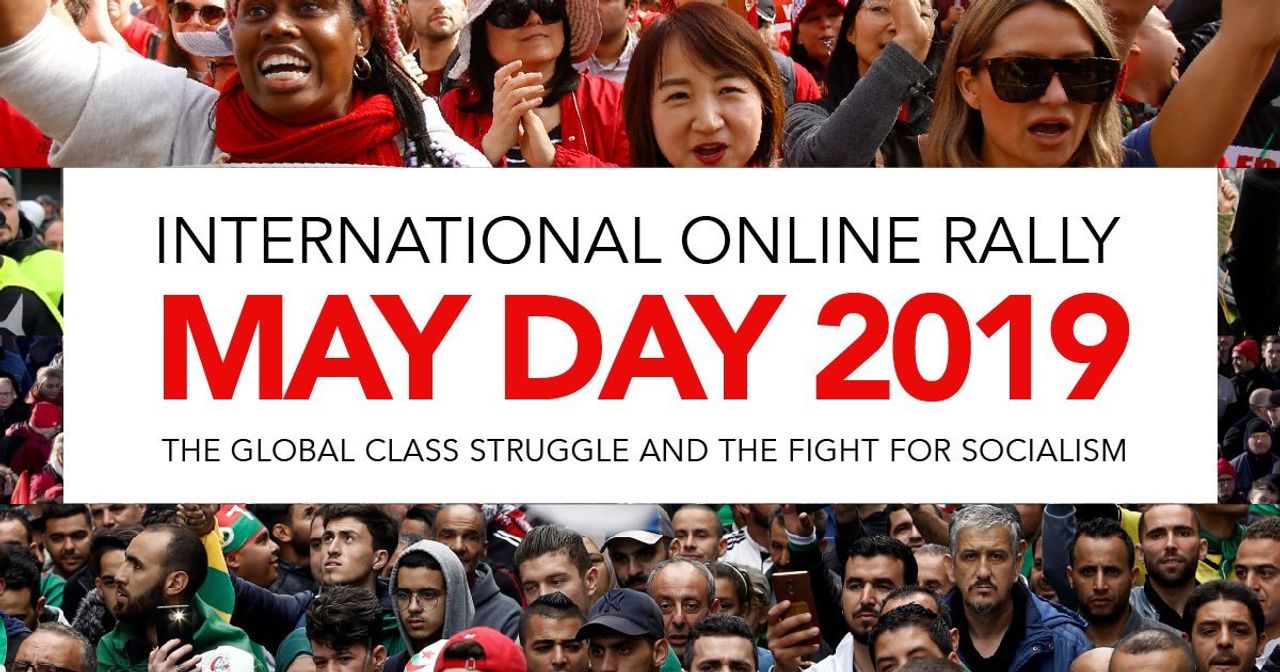Sheshu Babu
Summer is not only ‘cruelest’ season with rising heat and water connected problems to people but also it is a ‘ testing’ time for many young students who dream of bright future and decent life. This is also a peak season for suicide- related incidents for secondary and higher secondary as well as competitive exam writing youth. Whenever results are declared, one may find failures or average performers committing suicides due to depression and inability to sustain reality of failure in the exams.
Rise in numbers
According to the American College Health Association (ACHA), the suicide rate among young adults ages 15 – 24 has tripled since 1950s and suicide is the second most common cause of death among college students.( College and Teen Suicide Statistics, by Jackie Burrell, updated November 03, 2018, verywellmind.com) . As stress is a major factor, many lack coping skills and find ways to come out of trauma. Warning signs include academic problems, depression, mood swings,withdrawal, feeling of hopelessness,disregard for personal appearance, increased substance use, increased risk-taking and/or an obsession with death.
India has one of the world’s highest suicide rates for youth aged 15 to 29 according to 2012 Lancet report. (Every Hour one student commits suicide in India, Devanik Saha, updated May 08, 2017, hindustantimes.com) According to data available from National Crimes Records Bureau(NCRB) ,2015, every hour, one student commits suicide.
Flaws in the system
Student life is one of the most vulnerable phase in the life of human being. Adolescent characteristics like personal relations, swings in moods, desires and fears of future and aspirations or goals make youth react quickly to incidents which they are not prepared to face. Failures in Board Exams, competitive entrance exams, job related exams adversely affect the mental health and drive many to attempt suicide.
One of the major cause is the system of present education which gives undue weight to marks, rankings, widening differences of good and bad schools and colleges and lack of quality education to all. The rich elite pay heavily for getting their children educated in reputed institutions while poor are forced to study in ‘ government’ institutions where the basic infrastructure is woefully lacking. The teachers in elite institutions are well- equipped with knowledge and are paid for their labor while ordinary school and college teachers are both underpaid and under – equipped in training students. Thus, when the students face competitive exams at the All India Level, elite and rich students fare better than poor rural students.
Capitalist education
Knowledge has become ‘capital’ and teachers with higher educational achievements are recruited by corporate institutes who pay them more than most government teachers. That is why, students from corporate college like Narayana, Sri Chaitanya in Andhra and Telengana, Academies at Kota, FIITJEE and others in west and north India have good chance of cracking JEE Mains and Advanced rather than those who study in ordinary rural schools and colleges. These rustic students are denied good quality education. Hence, their desperation is more and due to chances of failures, they are more prone towards committing suicides. Opportunity for education is more for the rich.
Inclusive education
As long as private educational institutions exist, only some students get chance of good learning skills and face competition with skill and tact. Those who cannot afford money to spend for education will have to struggle to compete. Government should take complete responsibility to educate every child till the completion of post- graduate studies. All the students must be given equal importance and trained well- learned teachers should be appointed in all levels of schools and college institutes. Inclusive education without any sort of discrimination must be implemented and vacancies should be filled. A student should be given the freedom to choose any career of his/ her . Evaluation must be made on the interest of student to learn and marks or ranks should not be the basis of entering an institution. Constant mental support by parents and teachers, instilling confidence, emphasizing the fact that there are number of alternatives to choose from and driving depression and hopelessness from the student will immense help to avoid the thought of committing suicide.
A healthy country thrives only when its young population is healthy and educated in every respect. Present commercialisation of education is dividing and destroying youth power. Urgent steps are needed to curb the growing instances of committing suicides in the event of failures.

